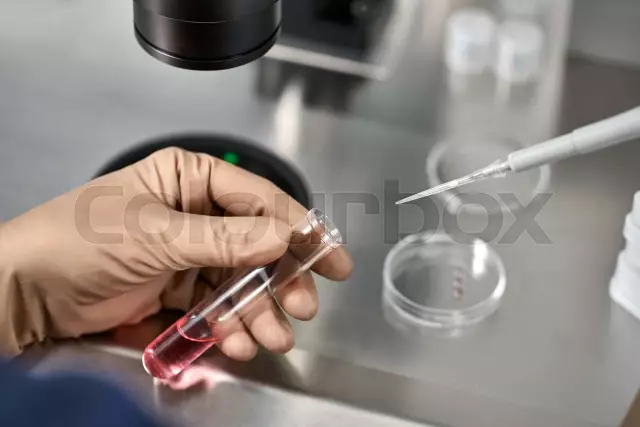- Author Rachel Wainwright [email protected].
- Public 2023-12-15 07:39.
- Last modified 2025-11-02 20:14.
In Vitro Fertilization

Today, in vitro fertilization, or IVF, is the most effective method of solving the problem of infertility, in almost all its forms. The method is no longer new - the first child conceived with the help of artificial insemination was born in 1978. Since then, the procedure has been significantly improved and improved, and in our time it has become a fairly common event, of course, on a human scale, and not on the scale of one family.
In vitro fertilization also allows you to find a way out if the woman herself is unable to bear the child. In this case, the procedure is performed by a surrogate mother. You can learn more about the surrogacy program on the website of the St. Petersburg Agency for Reproductive Technologies.
The effectiveness of in vitro fertilization depends on many factors, often those that are beyond medical control, such as the emotional state of the spouses. After all, it is known that the nervous system is in close connection with the endocrine system, and the possibility of conception depends directly on hormones. Therefore, not all attempts at artificial insemination are successful. Approximately 30-35% of attempts are made to conceive a child. One couple can make as many attempts as they see fit. There are several options for IVF, and sometimes, if there are indications for that, if one technique fails, another is used the next time, which increases the chances of conception.
In vitro fertilization is a laborious and knowledge-intensive process. To provide it, expensive equipment, highly qualified personnel, and thorough drug preparation of patients are needed. This explains the high cost of "in vitro conception", as IVF is often called by the people.

The main stages of artificial insemination are as follows:
- examination of the couple, based on the results of which a decision is made on which IVF technique will be most effective;
- preparation of a woman, which consists in hormonal stimulation, the result of which is superovulation and the receipt of several eggs;
- collection of man's sperm and its preparation;
- direct conception in a test tube;
- selection of the healthiest embryos, if necessary, their genetic diagnosis;
- implantation of 2-5 embryos in a woman prepared with hormone therapy;
- freezing the rest of the embryos in case more attempts are required;
- pregnancy test one week after embryo implantation.
At this stage, it is already possible to judge how successful or unsuccessful the attempt at extracorporeal conception was. According to statistics, the onset of pregnancy is 80% likely to be successful. After the first, considered critical, weeks, a pregnant woman goes under the supervision of an obstetrician-gynecologist of the antenatal clinic. If the attempt was unsuccessful, then after two to three months of rest, the in vitro fertilization procedure can be repeated.
Found a mistake in the text? Select it and press Ctrl + Enter.

